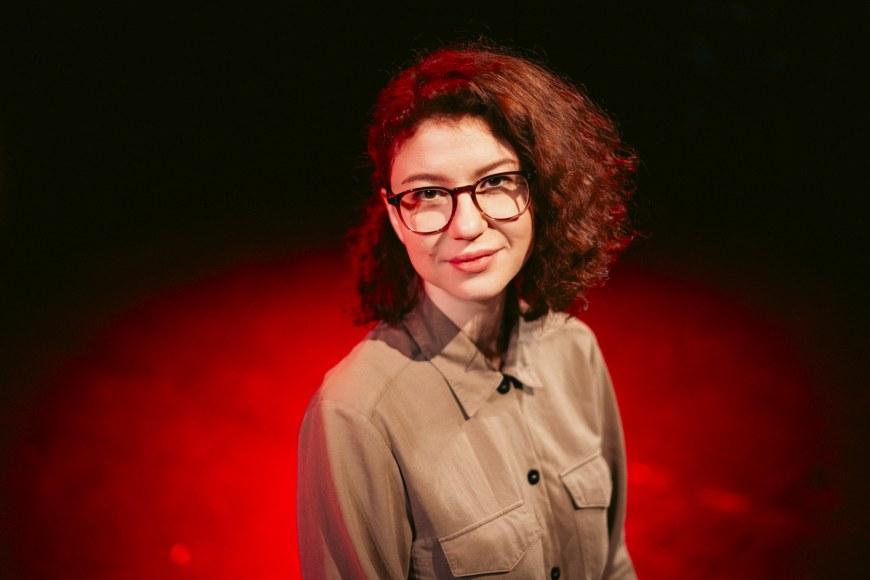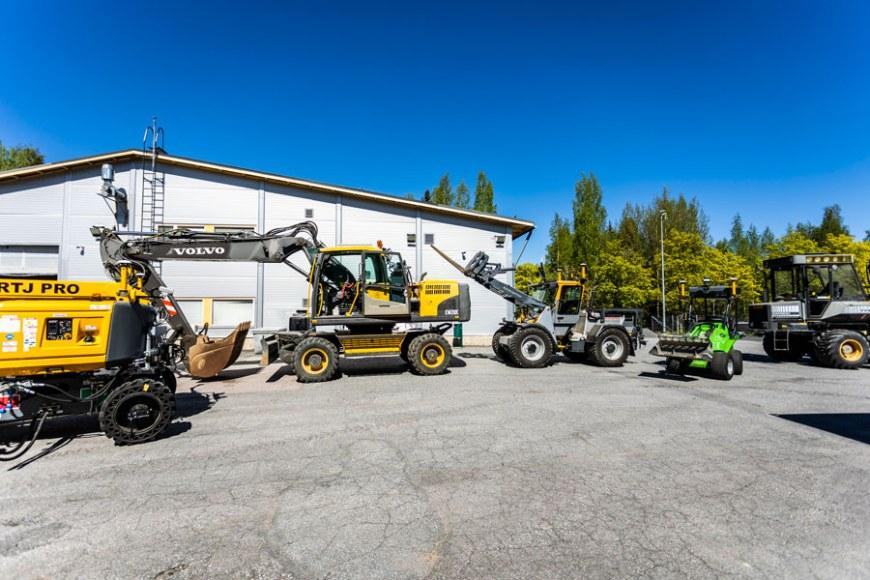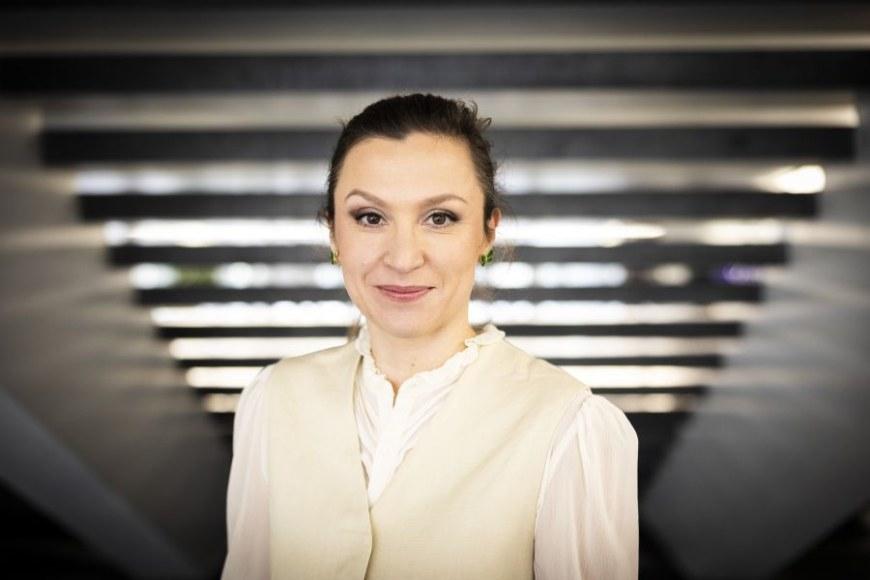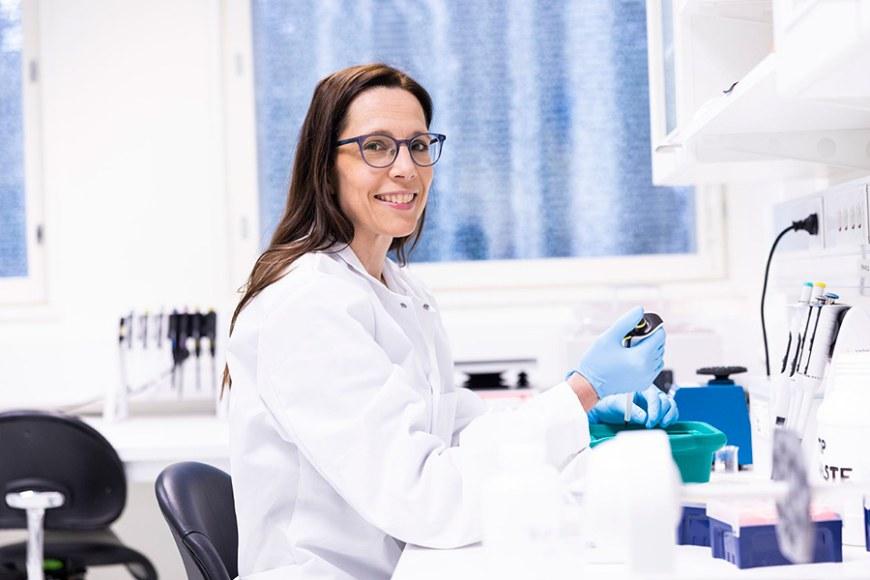Simulation is a safe way of learning gerontological nursing and improving patient safety
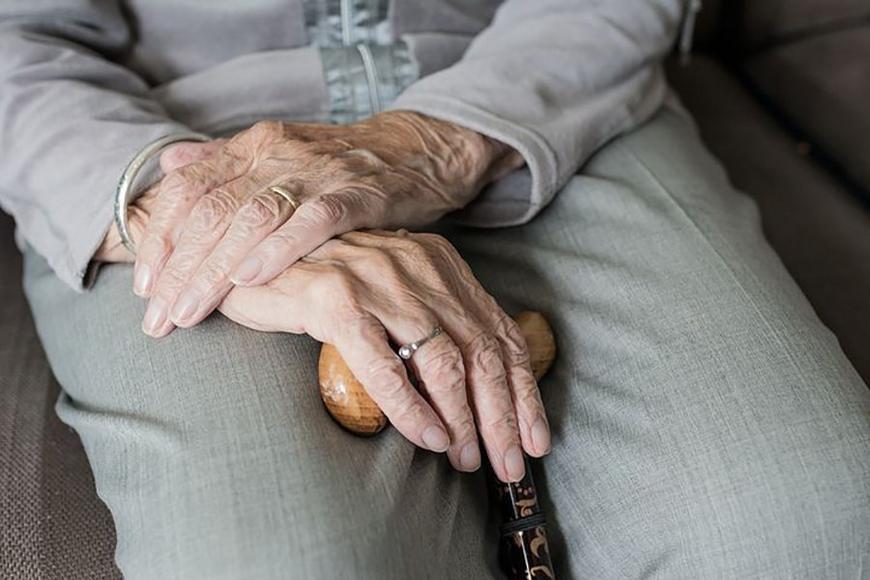
Even if implementation and planning of simulation call for more effort than lectures, simulation offers the possibility to share educational institutions’ resources and make learning functional and more interesting.
Simulation has been used successfully on gerontological nursing courses. Nursing skills can be practised through simulation in a safe environment without endangering patient safety. Simulation enriches students’ understanding of the topic. Thanks to it, problem solving and decision making can be practised in challenging situations.
“First we learn the theory and then students’ understanding is developed by experimenting. It enables a safe environment to study new skills,” tells Senior Lecturer Heimo Outinen from Tampere University of Applied Sciences.
Seinäjoki and Satakunta Universities of Applied Sciences started their successful joint simulation experiment in gerontological nursing in spring 2019. TAMK joined it in spring 2020. Thereafter the cooperation has expanded to many other universities of applied sciences and educational institutions.
In joint web-based simulation, educational institutions make a simulation on a topic together. Every teacher and student have a role in it. The participating institutions can share their resources and their students can participate in the course.
Simulation connects theory to practical situations – actual learning takes place during debriefing
Outinen tells an example of a joint simulation. Students can practise meeting a fallen elderly person and mapping the situation in accordance with a premade situation description. Interaction with an elderly person with a memory disorder can also be practised through different roles under the teacher’s supervision. Simulated case examples connect the theory to practice and practical situations.
“We have used our students and teachers in the patient’s role,” Outinen says.
The teacher plans the simulated cases and debriefing, which is a confidential discussion between the participants and observers. Students also construct patient cases as a part of their studies. When using students’ case examples, it is teachers’ task to moderate them. Teachers check that they are appropriate because planning and implementation of simulations always have to be based on research. The teacher operates the simulation as well as leads and chairs the debriefing.
“Construction of patient cases helps students in going into the topic. It is a learning process,” Outinen tells.
In the nurse’s role, students’ task is to solve the simulated case. Students go into the case after which the situation is discussed in a debriefing. According to Outinen, debriefing is the actual learning situation because practical learning takes place then.
“The simulation takes 10-15 minutes but debriefing takes about three times longer, depending on how deeply the situation is discussed,” Outinen describes.
Use of joint simulation extends in gerontological nursing
“Simulation-based teaching was started on a multidisciplinary course on ageing in 2018. It has now been implemented three times with good experiences among medical, physiotherapy and emergency care students,” says Outinen. Simulation-based learning experiences are different compared with traditional classroom teaching.
“We organise an annual course on ageing for different fields of education. Due to this, we expanded simulation teaching to medical students. Approximately 180 students from TAMK and the Faculty of Medicine participate in the course.”
The next course will start in the spring. This time it will be organised for a group of nursing students instead of emergency care students.
Outinen hopes that joint web-based simulation becomes a permanent part of gerontological nursing education.
“Nursing students have given good feedback on functional learning,” Outinen praises. He hopes that use of simulation will increase and simulation continues to be used in teaching gerontological nursing.
The joint simulation participants are Satakunta University of Applied Sciences, Sataedu, Seinäjoki University of Applied Sciences, Lapland University of Applied Sciences, Häme University of Applied Sciences and Tampere University of Applied Sciences. Metropolia University of Applied Sciences is about to join the activity.
Further information:
Heimo Outinen
Senior Lecturer, School of Health
Tampere University of Applied Sciences
tel. 050 567 2686
Text: Arja Lundan
Photo: Pixabay
